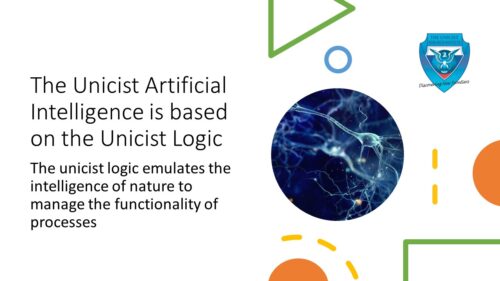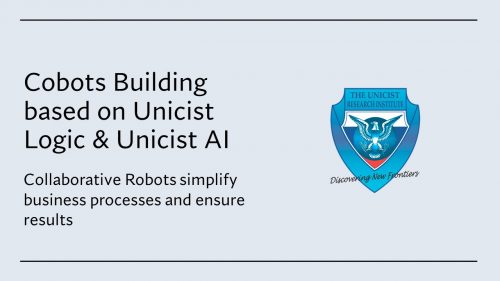We Invite to Adopt the Functionalist Approach
The goal of the development of functionalist technologies was to manage the root-causes of problems, build solutions and develop intelligent systems and cobots (intelligent collaborative robots) to manage adaptive environments.
The functionalist technologies also simplified the management of incidents, by transforming urgent problems into structural solutions, managing the concepts and fundamentals of the functions involved to define the actions that ensure results.
The use of Unicist AI, which is a fundamentals-based AI that is supported by the unicist logic, allowed developing the adaptive automation of processes needed to manage the adaptability and customer orientation introduced by the 4th Industrial Revolution.
The objective of the functionalist approach was to find the functional knowledge that ensured the generation of value. This led to the development of a scientific approach to adaptive systems, that required finding the functional structures that drive the functionality of such adaptive systems.
These functions are described by the unicist ontology, which describes the functionality of what is being studied, and allows defining the ontogenetic maps of functions.
Concept was the name that was given to this functionality of things because this word is used, in plain language, to explain the functionality of something. From a functional point of view, there are three types of concepts that explain different aspects of the real world:
- Intrinsic concepts that describe how and why things work.
- Extrinsic concepts that describe the use value of things, define their usability and their adaptability.
- Mental concepts that describe the concepts people have in mind that drive their actions.
The structure of a concept is defined by the fundamentals of the aspects of the real world that are involved and define the root drivers of its functionality. On the other hand, its dysfunctionality defines the root causes of the functional problems that might appear.
This functionalist approach drove the development of functionalist technologies that simplify the management of adaptive environments. These technologies allowed developing the necessary methodologies and methods that simplify the management of adaptive environments.
Unicist Innovation Center – A Sharing Space
The Unicist Research Institute
NOTE: We invite you to invite your children or the children of your friends to participate in the “Empower your Freedom” program, that works as a catalyst for abductive reasoning processes. It is a non-profit program that has been designed for teenagers from 14 to 17 years old. This program demands 1-hour a week (including the 20-minute session on TWITCH). Access














